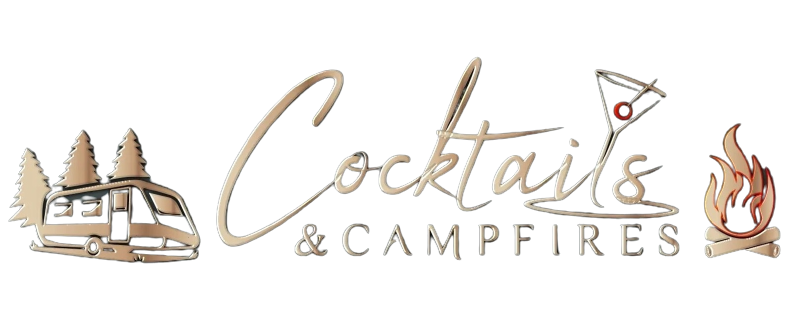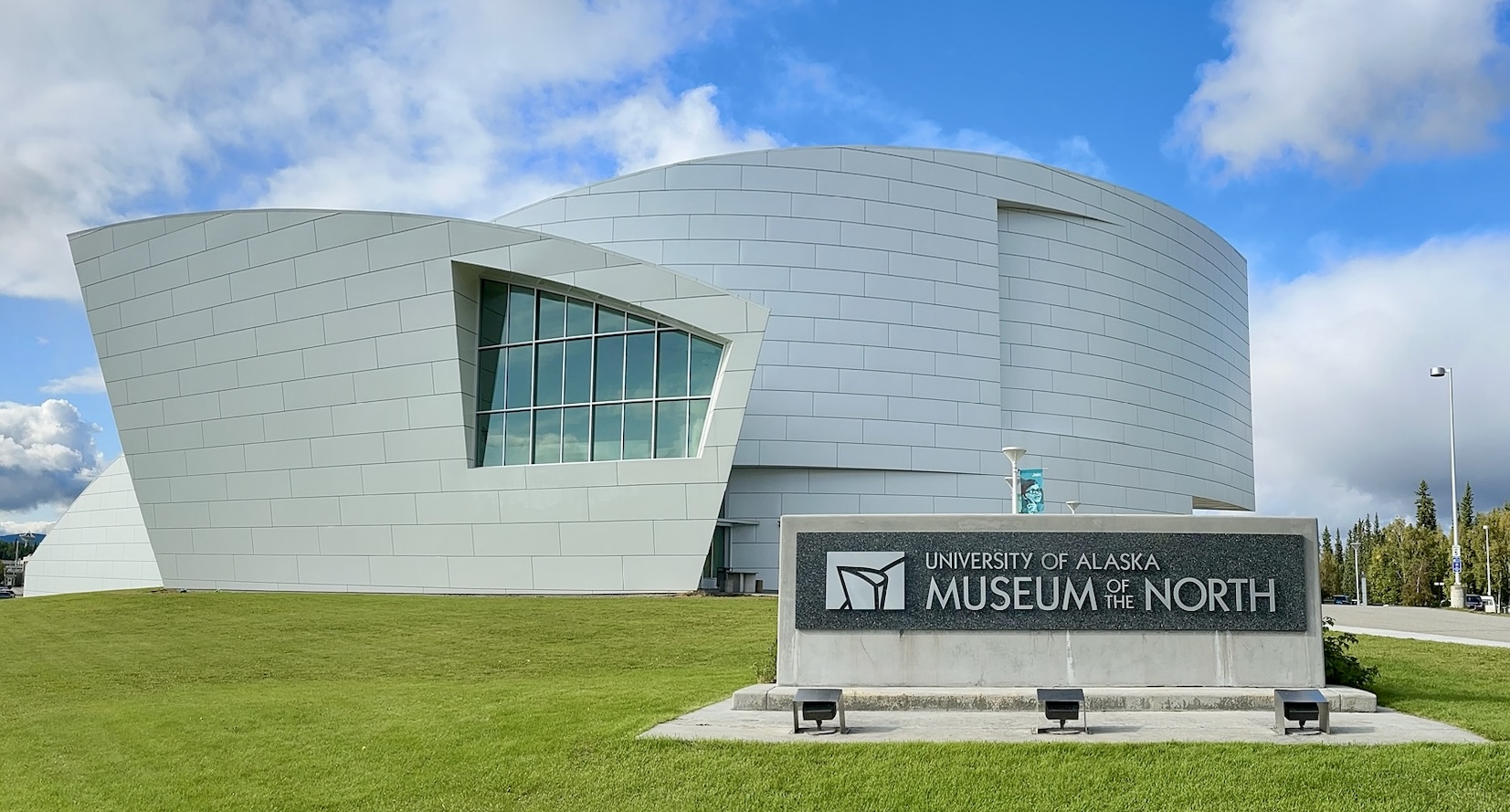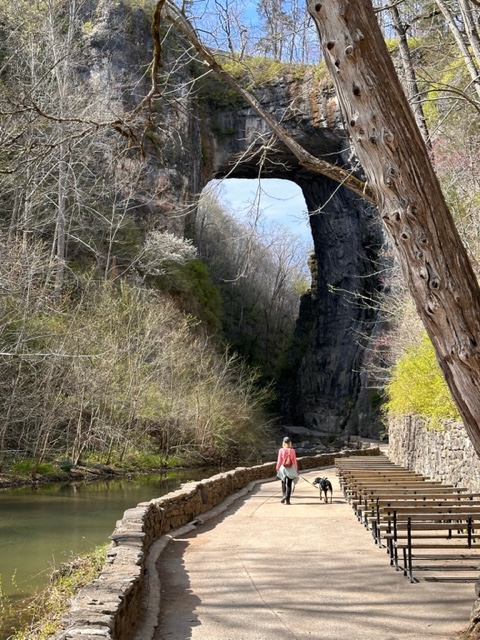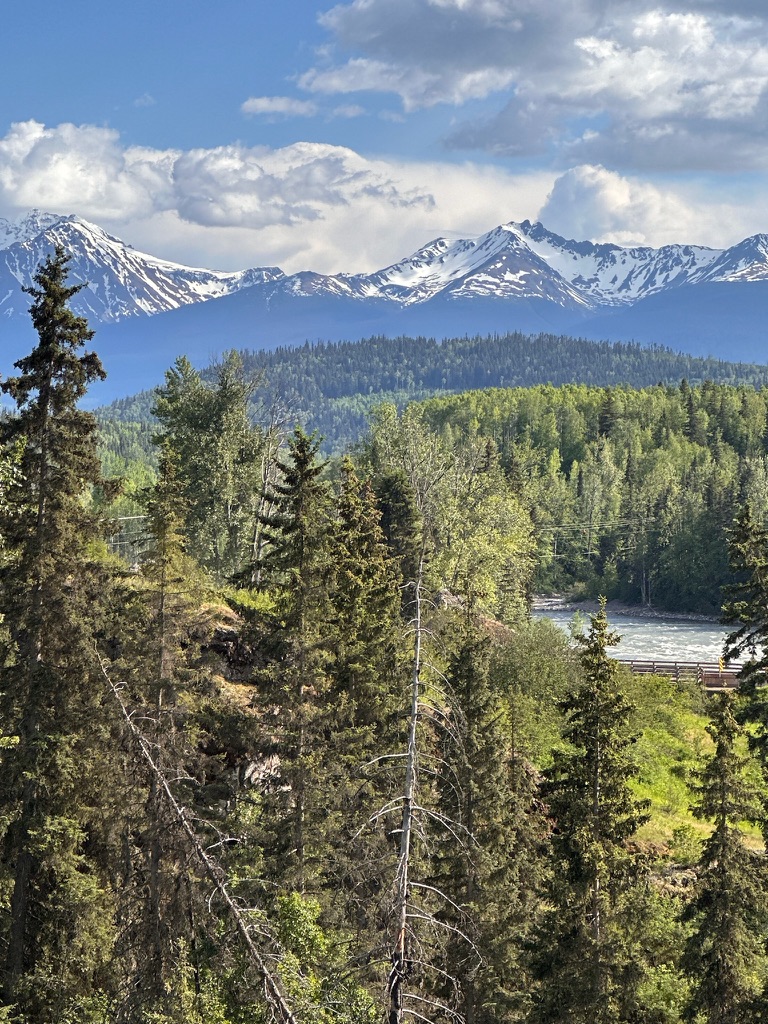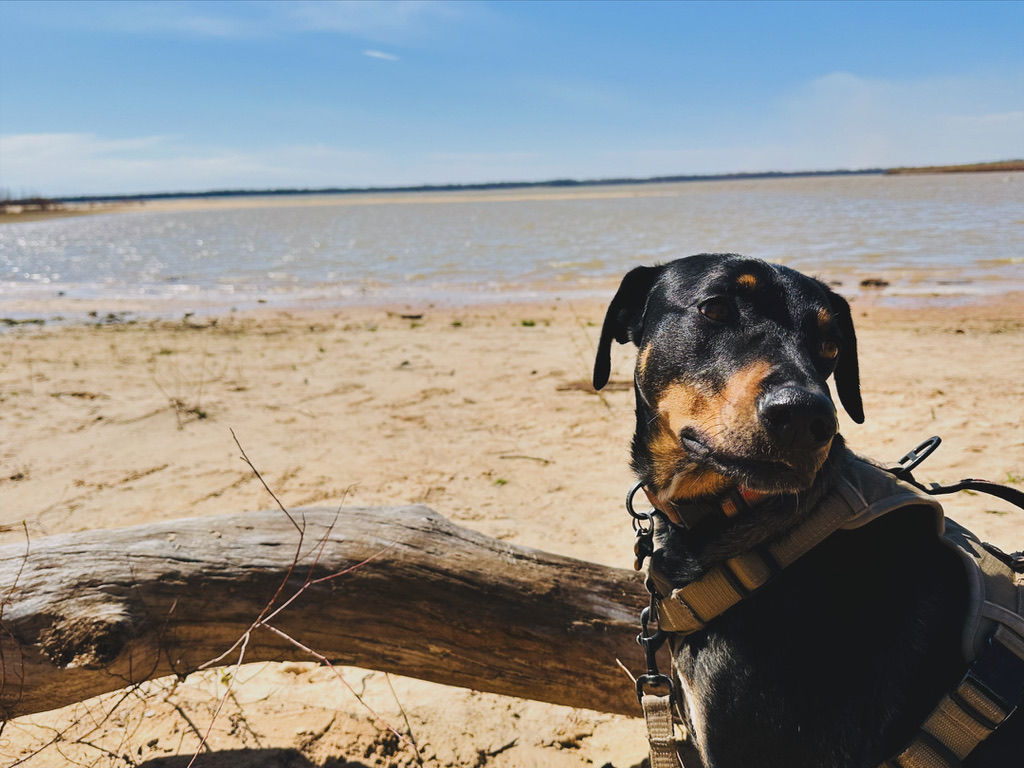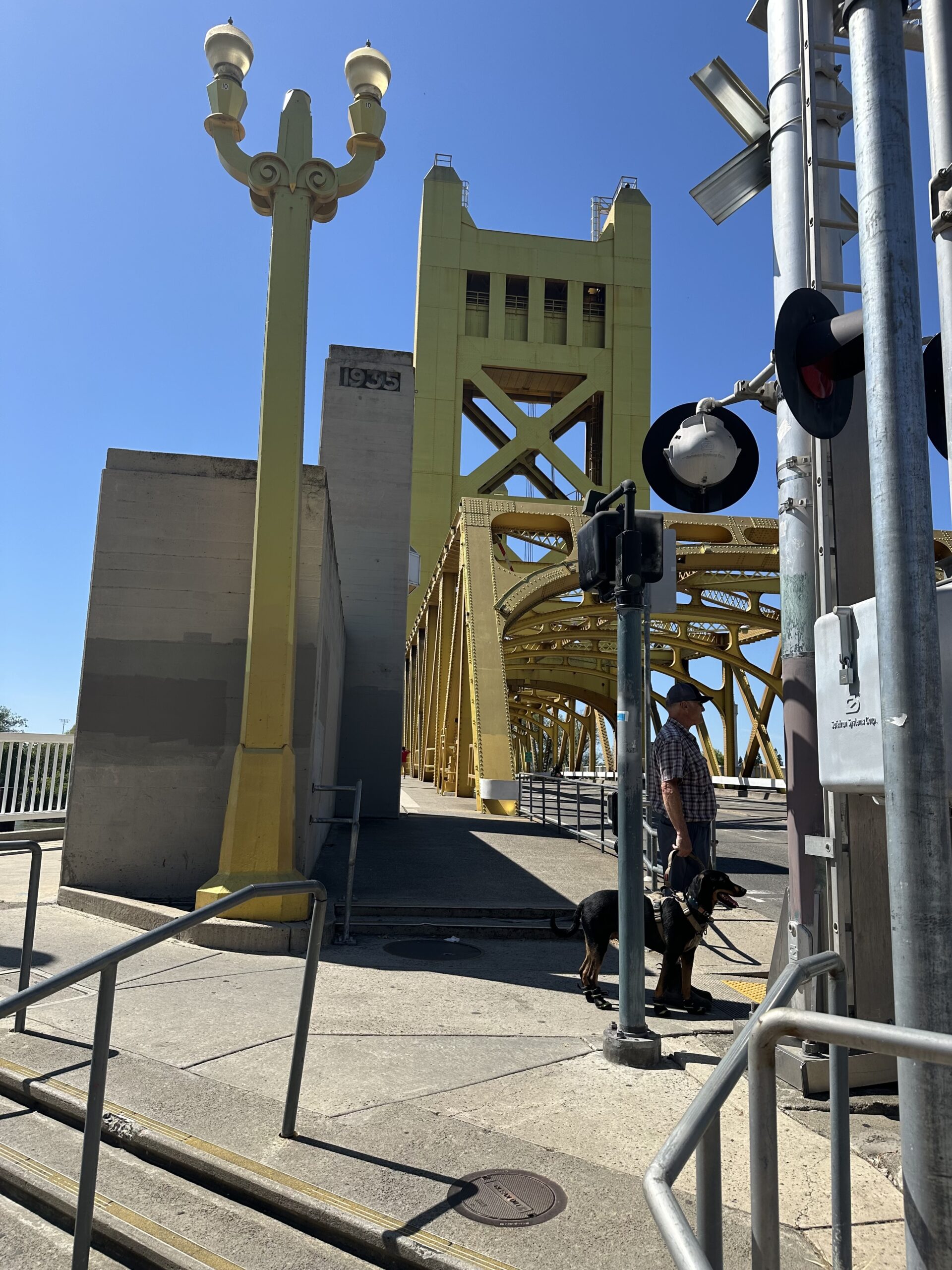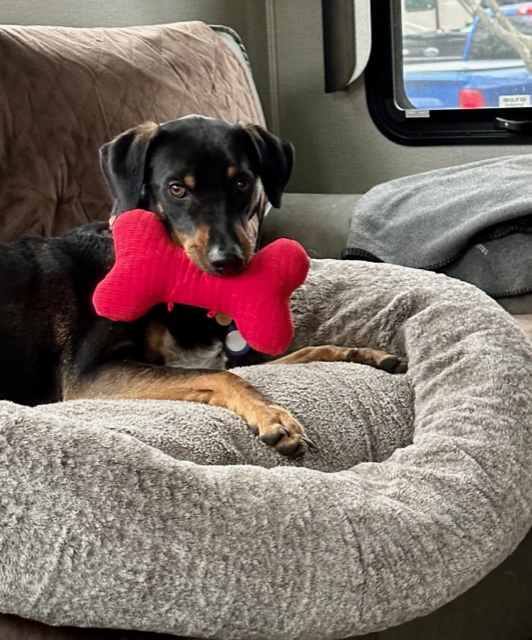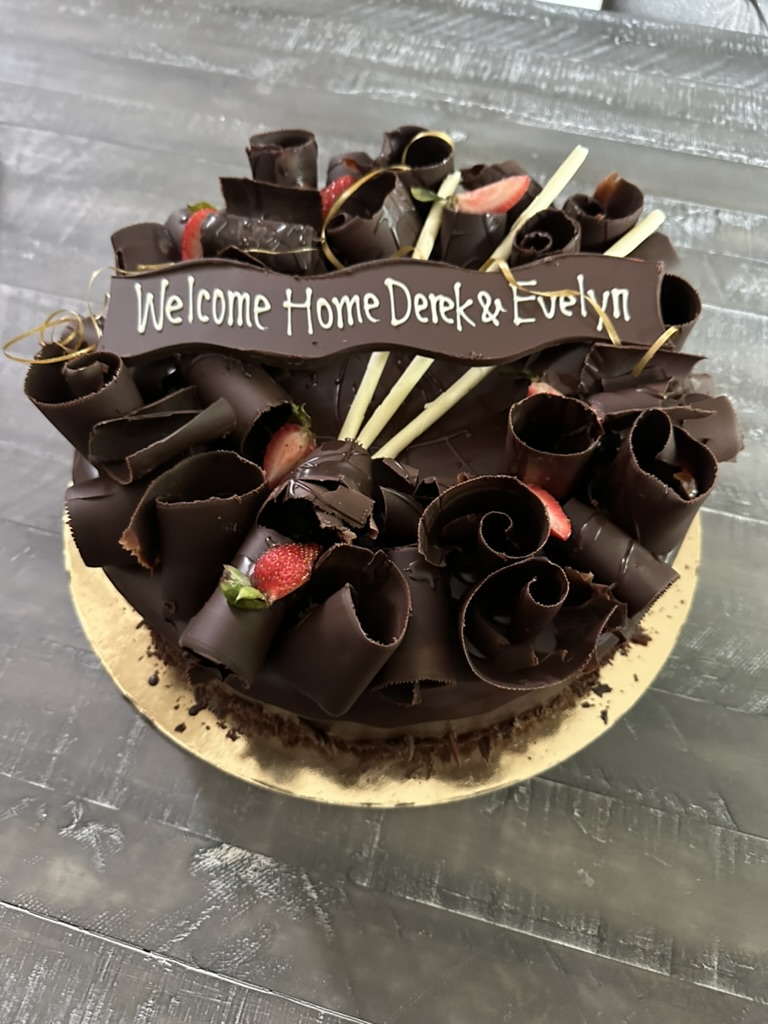Denali National Park to North Pole, Alaska – 24 August 2024
Fairbanks is known as the “Golden Heart City” because of both its gold rush history and the warm welcome it gives visitors. It is the second largest city in Alaska and about 198 miles south of the Arctic Circle. Fairbanks is supposed to be THE spot to be for viewing the Northern Lights as it is situated directly under the Auroral Oval, a ring shaped region hovering over the far north where northern lights activity is concentrated. We were hoping weather would cooperate and we would be able to see the lights and walked around the campsite late at night. We even drove to a special viewing site at 1 am in the morning, but alas the sky was just full of clouds that week so no luck.
Our first day in Fairbanks we decided to explore the downtown core. We walked along 2nd Avenue known for its restaurants and historic buildings and then over to the Cushman Street bridge where all 50 States are represented by their flags. The city walls were decorated with a number of colourful murals and air intake pipes were also painted with scenes of Alaska. I was not overly impressed with the town. While the sidewalks and surrounding area were extremely clean, it looked rather rundown and there were lots of homeless people walking around. I certainly did not feel safe.
That weekend we visited the Creamer’s Field Migratory Waterfowl Refuge which is situated on the grounds surrounding the historic Creamery Dairy Farm in Fairbanks. The bird sanctuary is 2,200 acres with many beautiful trails across wetlands, fields and forests. Hundreds of birds flock to this refuge in spring and fall during migrations. Creamery Dairy was once the farm of Charles Albert Creamer and was the largest producer in Alaska. Creamer saved waste grains from his barn to feed migrating birds. After he died, the State of Alaska purchased all the land around the dairy in 1969, and established the Migratory Refuge. In winter the Refuge is very popular for dog mushing and ski-ing.
We walked around the farm with Jax enjoying watching the birds flying overhead and coming into land in the fields and on the ponds. Lots of Sandhill Cranes and other smaller birds. After the walk we wandered around the outside of the Creamery and went into the small museum. There were quite a lot of people walking the trails and also participating in a small market. We even saw a group of women playing Zimbabwean music on the glockenspiel – they were really good.
I would say that one of the highlights of the trip to Fairbanks was the visit to the Museum of the North which is on the University of Alaska campus. The University is situated on top of a ridge known as College Hill with sweeping views of the lower Chena River valley and distant Alaskan mountains.
The Geophysical Institute, is one of the many faculties on campus and conducts research into space physics and aeronomy; atmospheric sciences; snow, ice, and permafrost; seismology; volcanology; and tectonics and sedimentation. There is a webcam positioned at the faculty which monitors Aurora activity, which we were constantly referring to while here. In 1968, the Defence Nuclear Agency wanted a location to launch research rockets — which prompted the start of the Poker Flat Research Range, 30 miles north of Fairbanks. There is a large rocket on show in the middle of the campus.
The Museum of the North opened in 1975. Its stunning design inside and out, was intended to evoke a true reflection of Alaska with its alpine ridges, glaciers, Yukon River and the aurora and is an amazing sight to see. Inside were the most fascinating collections and exhibits of Alaskan cultures, natural wonders, wildlife and Arctic dinosaurs.
We learned about the Ptarmigan, Alaska’s state bird while we were there. The stuffed Ptarmigans in the Museum of the north, were the Willow Ptarmigan, the largest of three “Arctic grouse” found in Alaska, which also include the rock and the white tailed ptarmigan. An interesting fact about this bird is that their plumage changes colour. In the summer, Ptarmigans develop brown summer plumage with dark stripes, and in the winter their feathers change color and turn snowy white. Their name means “hare-footed” in Greek, a reference to their heavily feathered feet and toes. Willows are an important nesting habitat for the Willow Ptarmigan, and also the bird’s most important food source. They also feed on berries in fall and spring. The male Willow Ptarmigan is the only grouse in the world that helps raise the young, defending them against predators.
We were also treated to some extraordinary and beautiful pieces of Alaskan art in the Rose Berry Gallery. It featured traditional to modern pieces over a span of 2000 years. It was amazing how innovative and creative the Alaskan people were in creating everyday and ceremonial items from their surroundings. I loved this gallery – so different and so very Alaskan.
The one area in the Museum that stood out was a room with nothing in it but a bench in the middle and some soft lights along the walls. It was called “The place where you go to listen.” The sound and the lights in the room constantly change and never repeat and are tied to the geophysical forces of Interior Alaska. The composition is guided by the seasons, the time of day, changes in the phases of the moon, and moment to moment fluctuations in atmospheric haze, wind, aurora activity, and Alaska’s earthquakes.
We also got to visit Santa Claus at the North Pole. This North Pole is about 2,700 km south of Earth’s geographic North Pole and 201 km south of the Arctic Circle. It’s name originated from a property developer’s attempt to attract a toy manufacturer in 1944. Despite the lack of toy production, the name persisted. In the 1950s, Conrad Miller, a man known for playing Santa Claus, established a trading post in North Pole called Santa Claus House, which has since expanded into a large store and popular tourist destination.
It was fun wandering around the store and seeing all the decorations especially the Alaskan themed ones. The store had a delightful smell of sweet candy and we just had to have one of their creamy spiced Chais and some homemade chocolates.
In spite of its joyful appearance with candy coloured lampposts everywhere, North Pole experienced some of the worst murders in Alaska, which were committed at the hands of serial killer Thomas Bunday back when he worked at the nearby Eielson Air Force Base between 1979 to 1981.
For our last day in Fairbanks we explored the museum at the visitor’s center and then went downtown to look for some gift stores as we still had a few gifts for family we needed to buy. We didn’t find any open gift stores in the area so instead went out for dinner at a small Moldovan restaurant we found in the mall. Moldovan food, is shaped by regional culinary traditions (greek, ukraine, russia and poland.) I had a hearty, very tasty, vegetable stew accompanied by polenta and a tangy garlic sauce, sour cream, and feta. Derek enjoyed some borscht before indulging in juicy lamb sausage and chips.
